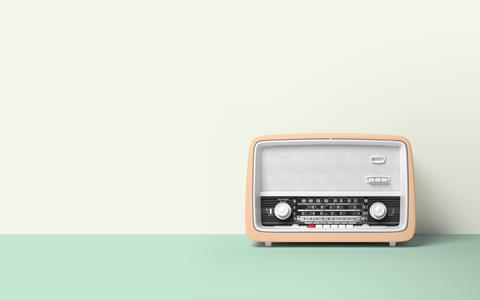- Over 1566 digital radio stations on air in over 31 European markets
- Two-thirds are commercial with 395 supplied by public broadcasters
- Presentation from EBU radio head warns radio remains under threat

The world is adopting digital radio, according to Graham Dixon, head of radio at the EBU, who spoke at IBC2019.
He briefed IBC delegates at the ‘WorldDAB Radio distribution strategies for a connected world’ session that significant progress had been made over the past year. “2019 saw the whole of Europe covered by digital radio, or with pilot transmissions taking place,” he said. “There are now 1566 digital stations on air over 31 European markets.”
- Read more: The robustness of radio
Dixon’s data-rich presentation showed that two-thirds (1020) of the European stations were commercial, with 395 supplied by public broadcasters. He further broke down the numbers which showed that 339 of the stations were national, 603 regional and 624 served local audiences. Some 499 were exclusive digital services, with 1067 being simulcast with their AM or FM services.
He had good news in terms of Europe’s regulators and the EU’s mandated instruction to see all cars equipped with DAB-enabled receivers from the end of 2020.
However, Dixon said that DAB’s growth – and radio in general – remained under threat, not least from the roll-out of 5G, but also from the inevitable limits on audiences listening time from other temptations such as FAANG activity and third-party apps on digital devices.
Michael McEwen, DG of the North American Broadcasters Association, also delivered a buoyant picture of take up of its HD Radio services. One surprising statistic was that smart speakers were now aiding digital radio listening, with some 28% of listening now done via smart speakers. HD Radio is now in more than 60m US cars from 2257 stations. McEwen stated that in some key metro markets, digital radio listening is the most popular method, and that in New York for example, digital stations are 38% of the audience.
McEwen said that Mexico was seeing growth (107 stations), but that progress was extremely slow in Canada, with just 30 stations and they were experimental. He explained that an earlier iteration of DAB had failed in Canada and consequently the market was ultra-cautious.
























No comments yet